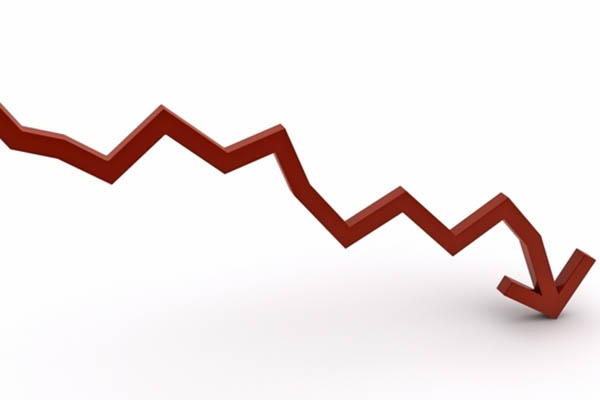
File photo
A little over a month after Moody’s downgraded Pakistan, U.S.-based credit rating Fitch Ratings on Monday revised Pakistan’s financial outlook from stable to negative, stressing this reflected the “significant” deterioration in the country’s external liquidity position and financing conditions since early 2022.
In a statement, Fitch said that it believed the IMF Executive Board would approve the new staff-level agreement to revive a suspended bailout program, but warned it saw “considerable risks” to its implementation in a tough economic and political climate. “Renewed political volatility cannot be excluded and could undermine the authorities’ fiscal and external adjustment, as happened in early 2022 and 2018, particularly in the current environment of slowing growth and high inflation,” it said, adding that ongoing protests by ousted prime minister Imran Khan as well as weak coalition government risked policy slippage after the conclusion of the IMF program next year.
The ratings agency also referred to the pressure on Pakistan’s reserves, noting that limited external funding and large current account deficits had drained them, even as the State Bank of Pakistan used reserves to slow currency depreciation. “Liquid net FX reserves at the SBP declined to about $10 billion or just over one month of current external payments by June 2022, down from about $16 billion a year earlier,” it said, adding that it had estimated the current account deficit hitting $17 billion in the last fiscal year due to soaring global oil prices and a rise in non-oil imports boosted by private consumption. “Fiscal tightening, higher interest rates, measures to limit energy consumption and imports underpin our forecast of a narrowing CAD to $10 billion (2.6% of GDP) in FY23,” it added.
Fitch specifically cited Pakistan’s funding needs as a cause for the downgrade, noting that public debt maturities in FY23 are about $21 billion. “Maturities of about $9 billion are to bilateral creditors (chiefly Saudi Arabia and China), which should be fairly easy to roll over with an IMF program in place. Much of the $5 billion in debt to commercial banks is also to China. Staff-level agreement will potentially unlock $4 billion in IMF disbursements to Pakistan in FY23, assuming board approval of a $1 billion augmentation and extension to June 2023,” it added.
“Pakistan’s ‘B-‘ rating reflects recurring external vulnerability, a narrow fiscal revenue base and low governance indicator scores compared with the ‘B’ median,” it said, noting that external funding conditions and liquidity would likely improve with the new staff-level agreement. However, it warned, diminished FX reserves and high funding needs now leave less room for error and Pakistan’s access to market finance could remain constrained.
Blaming the fuel and electricity subsidies announced by former premier Imran Khan for fiscal deterioration, Fitch said it estimated the fiscal deficit had widened to 7.5% of GDP in FY22, from 6.1% in FY21. “We expect a narrowing of the deficit to 5.6% of GDP in FY23, driven by spending restraint as well as by expanded taxation, including higher corporate and personal income taxes and increases in the petroleum levy,” it said, adding it also expected debt to decline to 66 percent in FY23 and remain on a downward trend, helped by high inflation and a modest primary deficit.
Regarding inflation, the ratings agency noted consumer price inflation averaged 12.2% in FY22 but accelerated to 21.3% year-on-year in June on hikes to petrol and electricity prices. “The SBP forecast inflation of 18%-20% in FY23, as it raised its policy rate by 125bp to 15% at its most recent action on July 7. SBP’s latest action took cumulative rate hikes to 800bp in this latest tightening cycle,” it said, adding that it forecast average inflation of 19% in FY23 and 8% in FY24 but expected broad-based inflation and mean inflation to skew to the upside.
“Preliminary estimates show real GDP growth of 6 percent for FY22, up from 5.7% in FY21, mostly driven by private consumption, as in FY21, while net exports continued to weigh on growth,” it said, saying this largely reflected a loosening of fiscal policy in FY22, as well as a fairly loose monetary policy despite significant tightening throughout the year. “The SBP estimates that the economy was operating above potential in FY22, and we forecast slower growth of 3.5% in FY23 amid fiscal and monetary tightening, high imported inflation, and a weaker external demand outlook, all of which will also hit household and business confidence,” it added.
